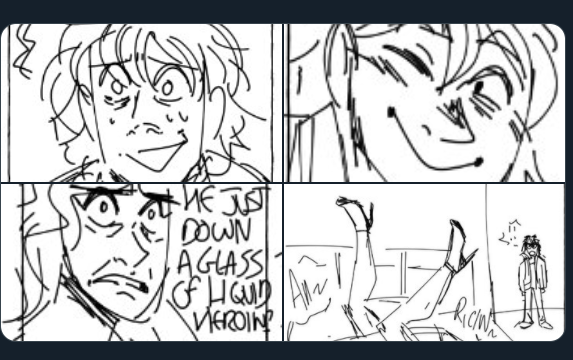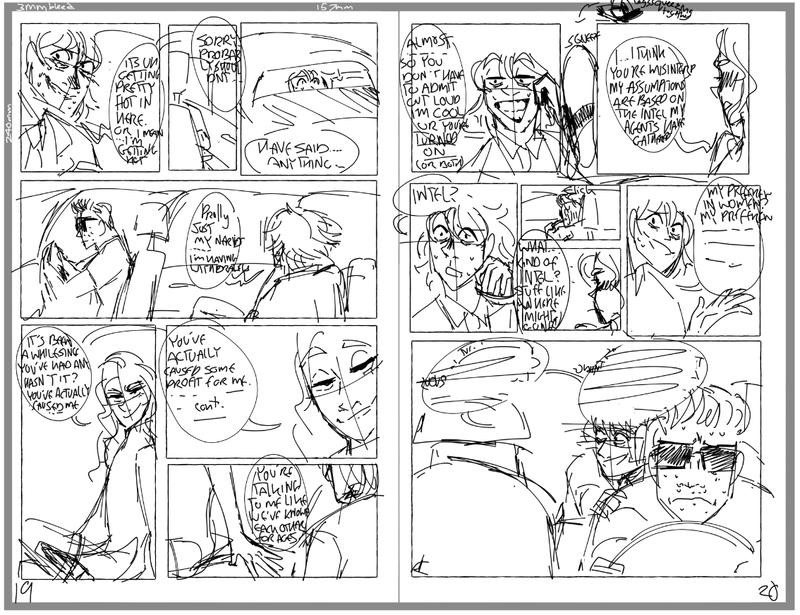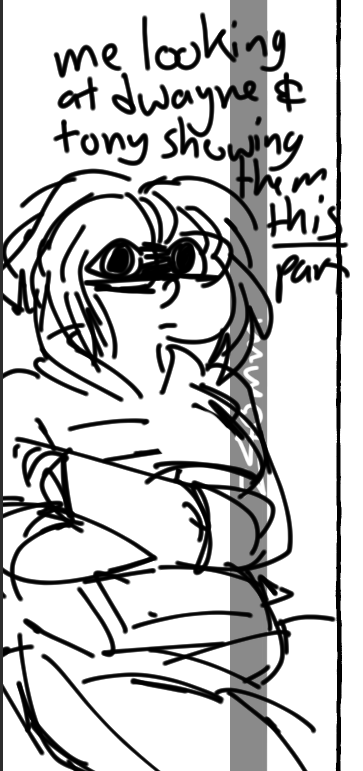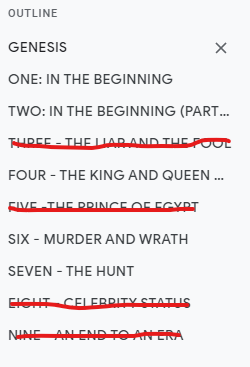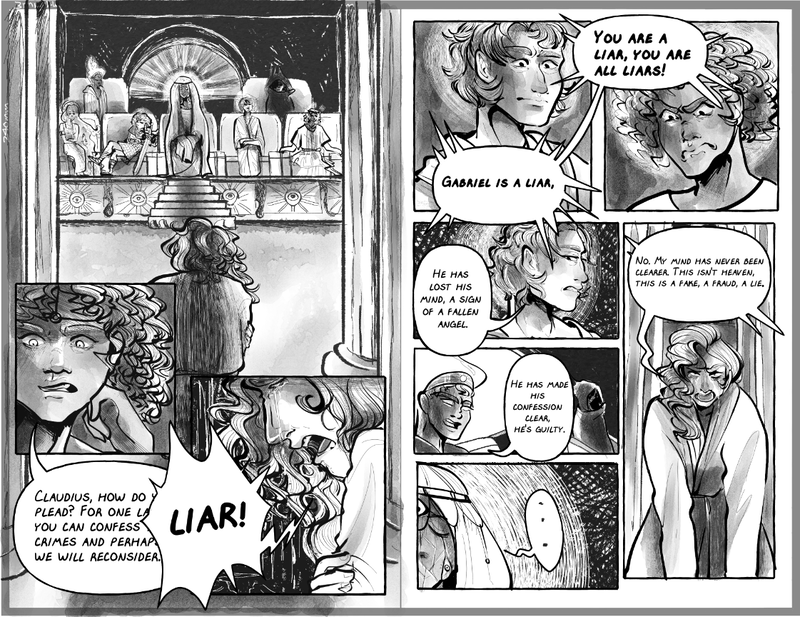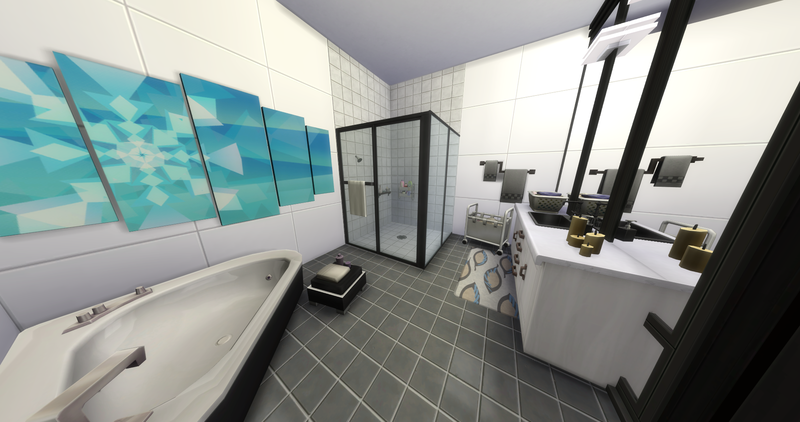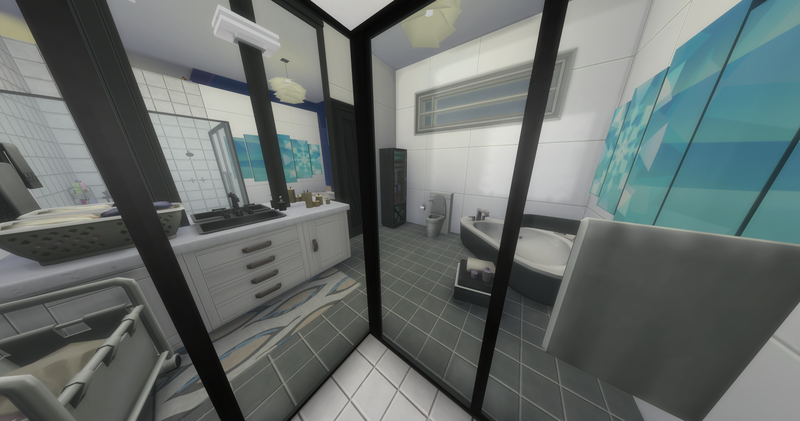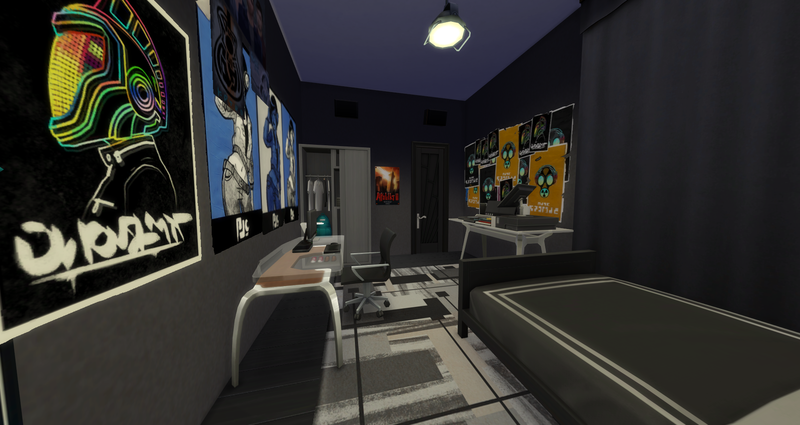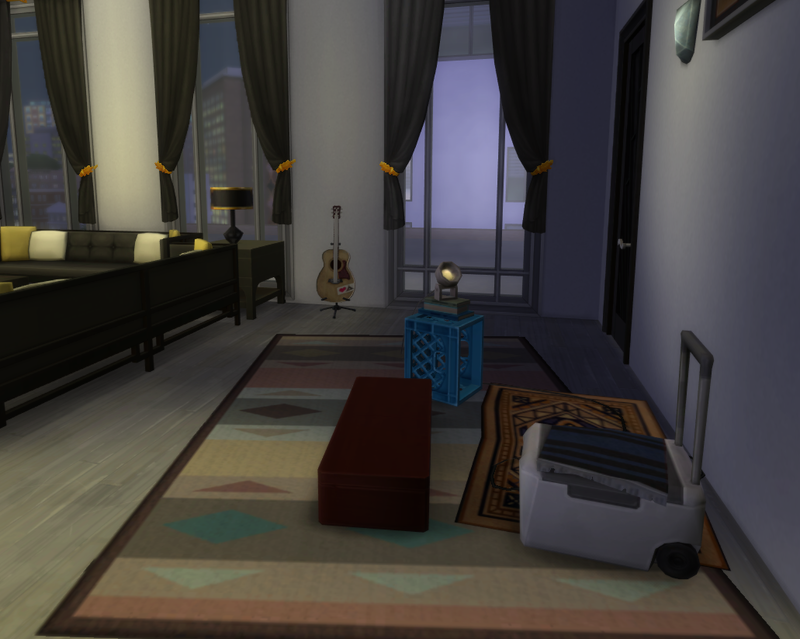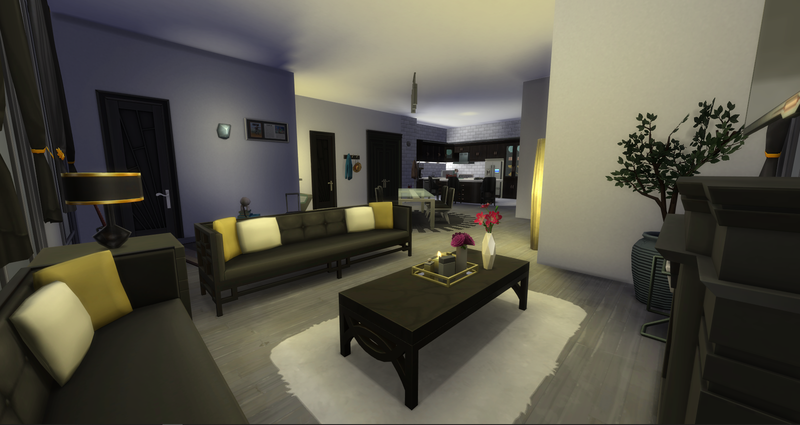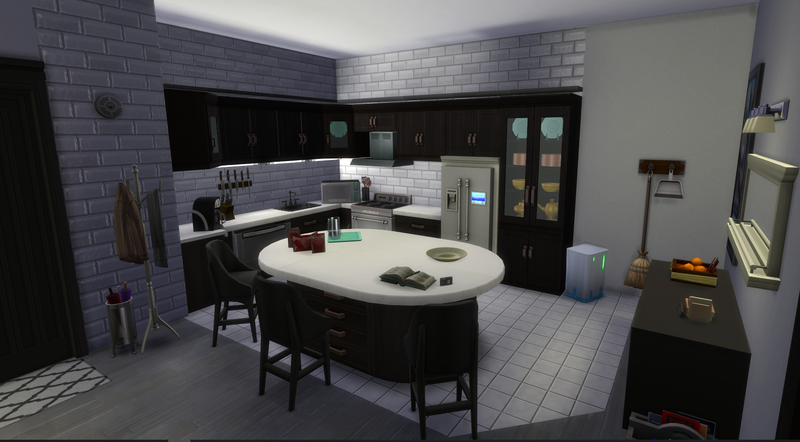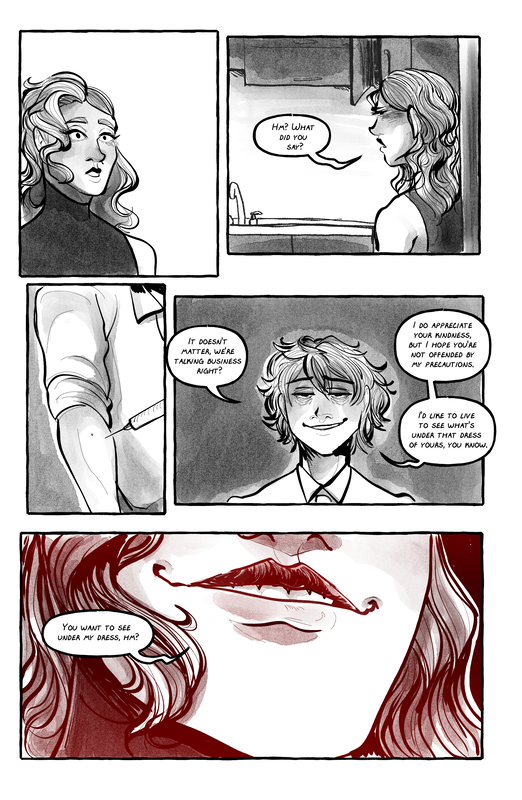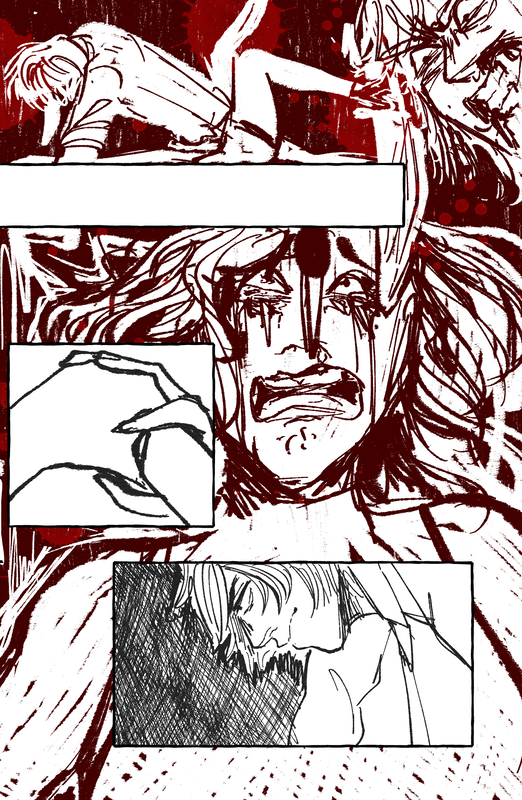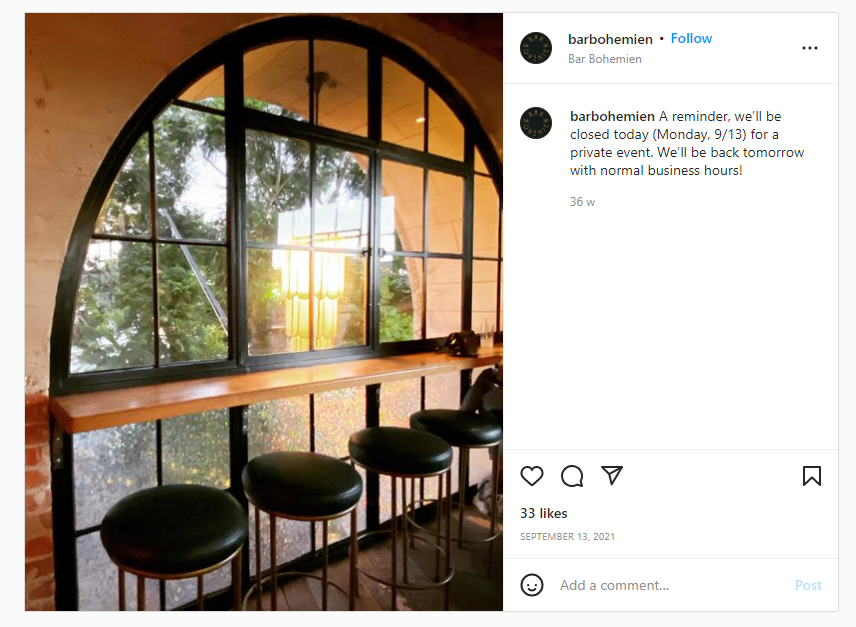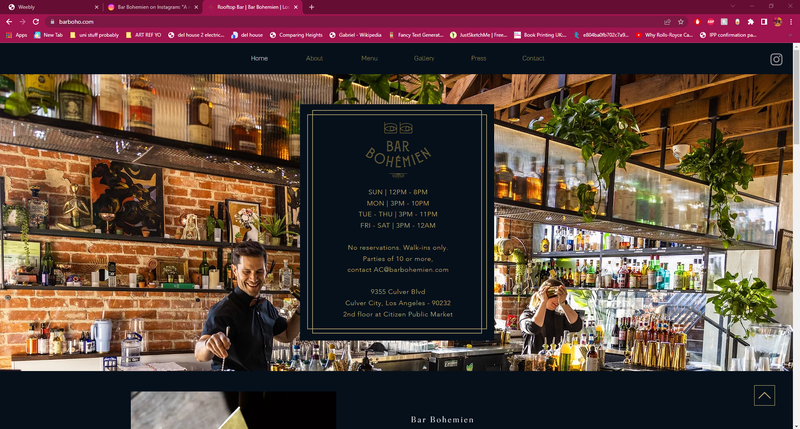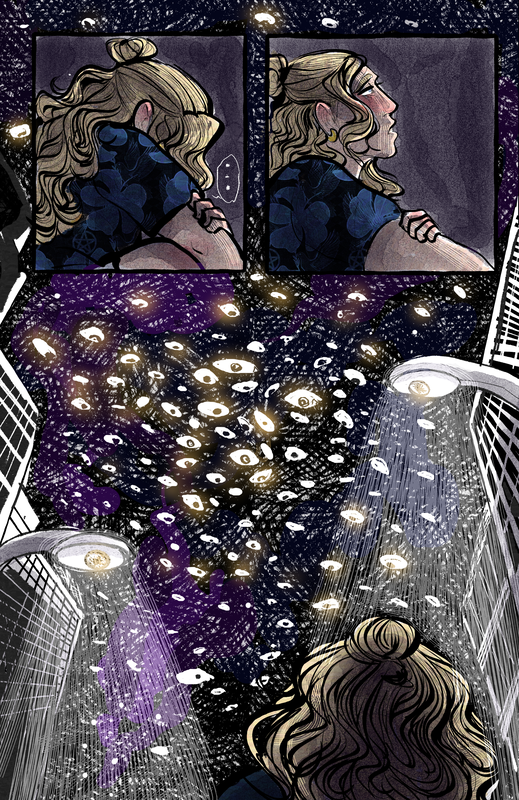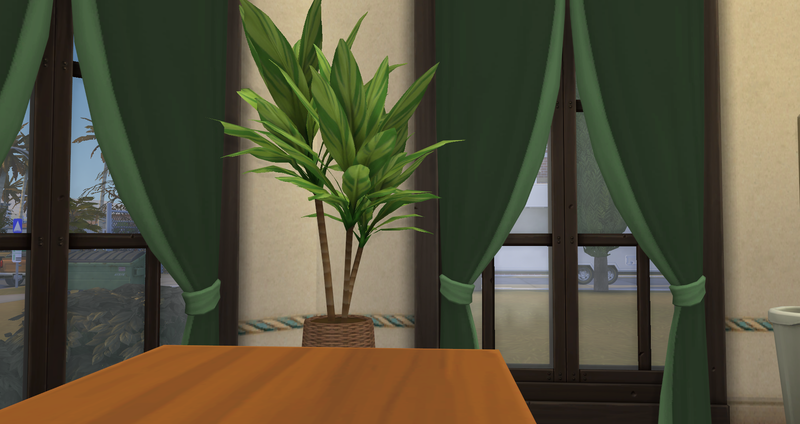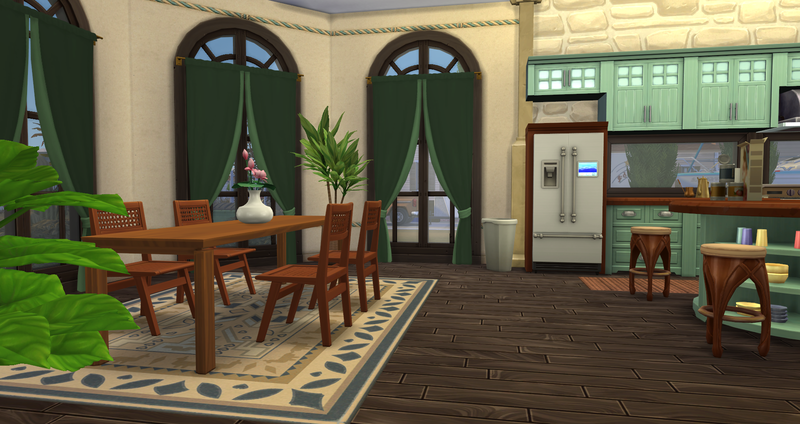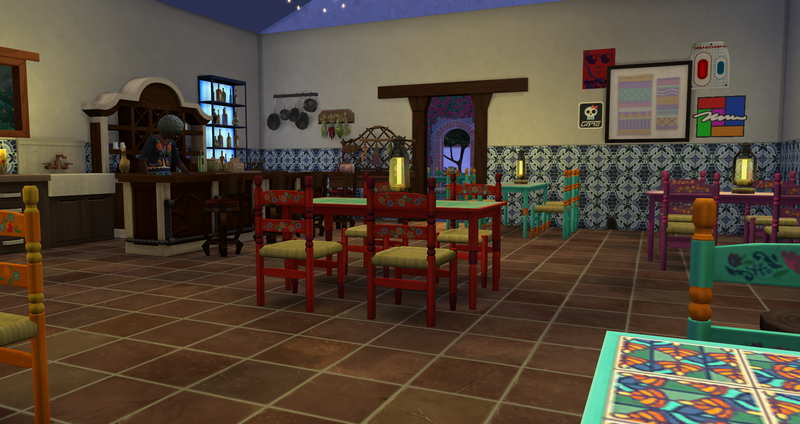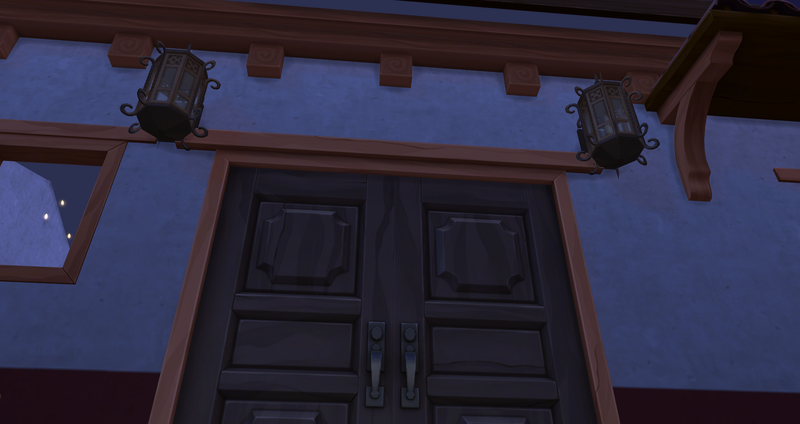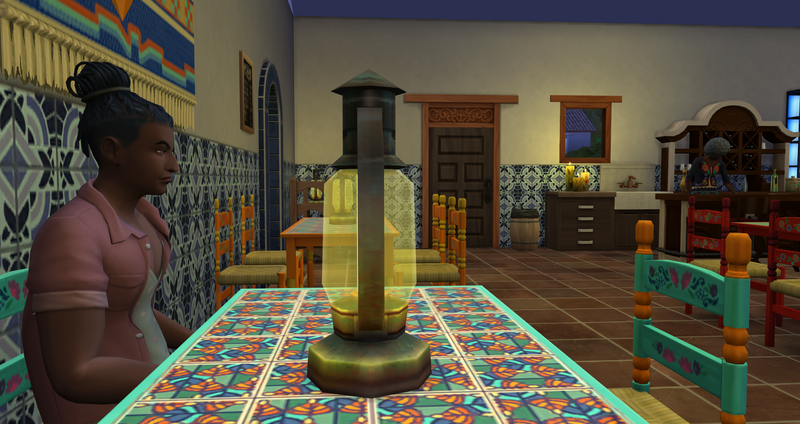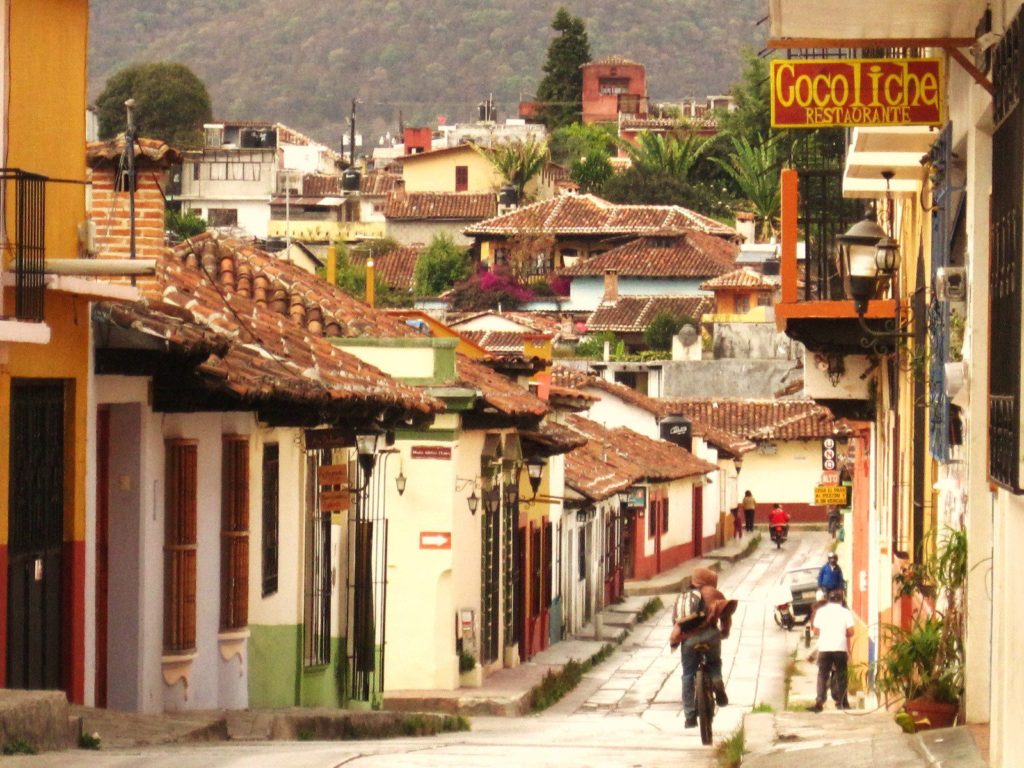Part Four - The comic
Storyboarding
|
The big task to do is to storyboard the whole comic, this is a task I've undergone the past two weeks, I gave myself a deadline, if I hadn't done all of it by two weeks then I'd cut out anything remaining from the script. Already I had cut out two chapters, so 7 chapters to do didn't seem too bad? At least at the time. Trying to condense the amount of work it's been to complete the chapters I've managed to do is? hard?
Let's start with a compilation of weird faces I've drawn |
|
The storyboards are obviously not a real reflection of how the final comic will look, I mainly did it as a way to grasp how many pages, the panel layouts, character positions and expressions. I would exaggerate the expressions more than what they would be in the final pieces just so my future self would understand
|
|
Here is an example of some of the spreads I've done, others more busy, some I have planned to be just "watercolour" based, those will be the more dynamic and fast paced scenes, with limited linework to emphasise the faster pace of the scene.
The story itself is very narrative heavy, there is a lot of dialogue and a lot of conversation, being able to make that visually interesting is part of the challenge of the narrative piece I feel. Though there are parts of the story that are more action based and feature barely/no dialogue on the most part it is a lot of talking (Ricin is a big anxiety rambler, that's kind of his thing) |
|
The next big question is; how much did I manage to do over the course of two weeks? The answer may shock you (it probably won't.) I ended up doing less than what I originally anticipated, managing to finish storyboarding 5 chapters out of the 7. While narratively it doesn't end on an as satisfying place, I still believe the place it ended is good enough, it creates a sample more than anything of the artwork and story.
<-- here is a list of the chapters we're doing with the ones we're not crossed out. One, two, four, six and seven is what we're focusing on from here on out. Instead of ending with Ricin being shot and killed, we're instead ending with Ricin going with Del (the archdemon of wrath) to California (truly, the pit of hell) |
After further revision and a look on what I should be able to do, I decided the more realistic outlook for the comic is to do three chapters at maximum. After receiving feedback and considering the comic as a whole I decided to focus on three of the main characters per chapter and decided to call this book Acts 1:9 Prologues. As it establishes each character's motivations, goals, personalities, backstories and how they all link together.
Artistically as well it is a lot more interesting to draw from these three different perspectives. These three perspectives are from Riley Vondrasek the serial killer, Claudius Hreow a falling angel who is stuck on Earth wasting away by drinking and doing drugs and Sabra Zoheir, an Egyptian demigod who is searching for his relative Seth the god of chaos. These three chapters take place in three entirely different locations and times making it more interesting visually as a whole for the book with each chapter having its own separate cover each with its own distinct style which introduces to the three main characters.
The three chapters I went for are
ONE - In The Beginning
TWO - The Falling One
THREE - The Prince of Egypt
Artistically as well it is a lot more interesting to draw from these three different perspectives. These three perspectives are from Riley Vondrasek the serial killer, Claudius Hreow a falling angel who is stuck on Earth wasting away by drinking and doing drugs and Sabra Zoheir, an Egyptian demigod who is searching for his relative Seth the god of chaos. These three chapters take place in three entirely different locations and times making it more interesting visually as a whole for the book with each chapter having its own separate cover each with its own distinct style which introduces to the three main characters.
The three chapters I went for are
ONE - In The Beginning
TWO - The Falling One
THREE - The Prince of Egypt
Now we start the comic? (yes)
|
After finishing the storyboarding, I decided it was best to actually start producing final pieces for this project, I have about 140 or so pages to do (I need to go back and count, but its about that much) so over the past weekI've been drawing the first chapter of the comic.
|
|
Here is a proof of concept page, with the storyboard next to it, to show how I take the storyboards and expand upon them to create final pieces. This is the only spread I've done so far with text as well, speaking of the text, the font used is a custom font developed collaboratively between myself and Olivia. It's her writing!
|
Chapter One (Pre fix)
This was the first initial run of the comic, though it had some issues. Mainly the text, and some other issues with some of the art (just some messiness, not intentional messiness)
Chapter One (fixed)
Here it is after the fix, some notes to make is obviously: wow there's colour now, the text is also standardised as 10pt instead of being all over the place. All in all a lot tidier.
This chapter follows Riley Vondrasek/Ricin, he has recently arrived in New York where he encounters Rudy Flowers, a leader of a gang who's not amused by Ricin's presence (because he's a serial killer) This results in them having a little quarrel and a bigger fight to the death and they somehow end up smooching a little bit.
This chapter follows Riley Vondrasek/Ricin, he has recently arrived in New York where he encounters Rudy Flowers, a leader of a gang who's not amused by Ricin's presence (because he's a serial killer) This results in them having a little quarrel and a bigger fight to the death and they somehow end up smooching a little bit.
Fun fact about the backgrounds for the first chapter (Rudy's apartment) they were mostly done using these renders as a point of reference and having these references was a real life saver.
I decided to use red to signify danger, at various points in the chapter. I believe this added a point of interest as you flick through the physical copy of the book and keep attention.
Chapter Two
|
This chapter is a lot shorter than the first but the pacing is right for it. This follows Claud's introduction. He's an angel who was kicked out of heaven, while it's not made clear currently why you can start piecing together what happened from the first and second chapter. Claud is traumatised and isn't over what's happened to him, he uses alcohol and drugs to drown out his feelings.
|
|
Here is the bar I looked at as reference for the backgrounds of this chapter. It's actually quite a fancy place, funnily enough it was harder to find reference pictures for grottier bars especially because I was looking for bars specifically in Los Angeles (which is, for the most part, quite up and coming)
|
|
Part of my research towards Los Angeles was looking at the reality of living there. It was a very interesting watch, to see what it's really like. A lot of America is often glorified in a way that makes it look better than it actually is. This shows the reality of it, it's quite disturbing and sad. I wanted to show that part of it through Claud.
|
|
For this chapter I decided to use gold as a main colour of focus, this is because Claud describes Gabriel's hair as strands of pure gold. The colours really stand out in print, especially the yellow. It really stands out and works very well.
|
Chapter Three
|
This chapter introduces Sabra, it shows him in the recent past to begin with where he's a child and he wishes to meet a lost member of his family Seth (the chaos god). After convincing his caretaker Hepzefa to take him to Mexico to meet him, they are introduced to Seth. Seth is someone who no longer feels association with his Godlihood or Egypt. Sabra is particularly attached to his identity as Egyptian and takes pride in it, it causes some conflict resulting in a young Sabra leaving. He returns several years later, now older. Seth and Sabra develop a close relationship until later when Sabra is an adult he asks Seth to join him in his revolution against the Christian God. This is the start of the larger story of Acts 1:9, it's possibly the most important chapter of the three as it leads to introducing more later.
|
Some reference renders of Sabra's home and the cantina. the location Seth is based in is in Southern Mexico, which is different to the north as it is closer to the Southern American rainforests, less deserty.
|
Two of the coloured pages, both of them taking place when Sabra is older talking about his revolution against heaven and god. The one on the left sets the scene a bit, as it's meant to be sunset and gives more of an idea of a time of day. I absolutely love how the one on the right came out, definitely a banger.
|
Site powered by Weebly. Managed by 34SP.com



